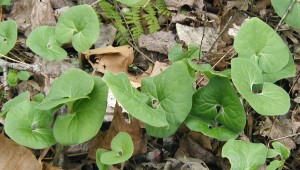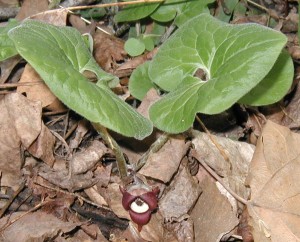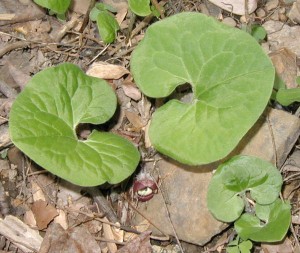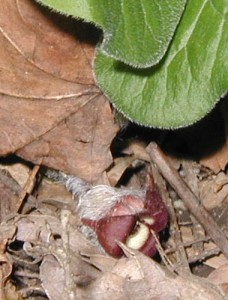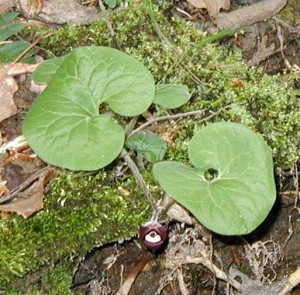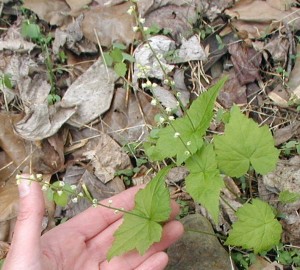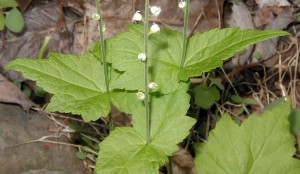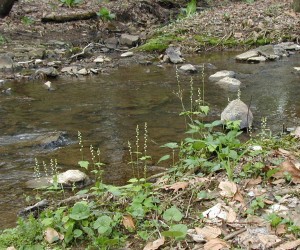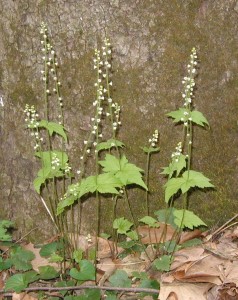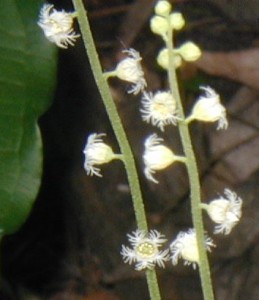Learning family characteristics will speed you on your way to learning about new plants. If you can recognize family characteristics, you can more easily come to a decision about the identity of a wild plant, herb or flower.
When you come upon a wild herb or wildflower that you don’t know, look for characteristics that will help you identify it. If you know some family characteristics, you may more easily identify the new herb.
Ask yourself,
- What other plant does this new one look like or remind you of?
- What features of the flower are outstanding?
- What is the leaf arrangement and type?
- Where is the plant growing? What is its habitat?
The more plants that you are familiar with, the easier it is to identify new ones.
Recently, I came across a plant unfamiliar to me. From afar anyone would have thought it was a mustard plant as they are flowering profusely in fields everywhere. This plant had yellow flowers at the top of plant, similar to the mustards.
On closer inspection I saw the bright yellow flowers were very tiny and held in umbels, unlike the four-petalled mustard flowers that are not in umbels. I felt the foliage and immediately thought “Parsley! This must be some kind of wild parsley.” Upon looking it up when I got home I found out that I was right, Golden Alexanders is a member of the Umbelliferae, the Parsley Family. Kind of like a picture is worth a thousand words.
Now, I’m not saying that I went through the ‘Parsley Family Character List’ in my head and decided that this new plant fit the Parsley Family. It was more like the general look and feel of the plant simply reminded me of parsley that we’d grown in the vegetable garden.
Parsley family characteristics as noted by the Peterson Wildflower Guide:
- umbrella-shaped flower clusters (umbels)
- umbels usually compound
- many small, five-petaled flowers
- leaves usually finely cut
You don’t have to memorize all the characteristics of a family to recognize the similarity between family members. However, the more famliar you are with the common families in your area, the easier it will be to identify the wild herbs that you find.
Depending on the reference we have from 88 to 99 different members of the Parsley Family in our area. Flower color doesn’t help to distinguish plants as members of this family as they may have white, yellow, pink to red, or blue to purple flowers.
Golden Alexanders, Zizia aurea, has bright yellow flowers in compound umbels and finely cut leaves.
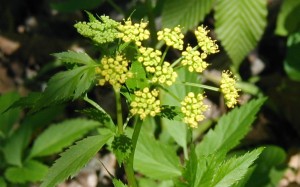
Compound umbels of golden yellow flowers are identifying characteristics of Golden Alexanders. The small golden clusters of flowers are held in umbels and these also are umbels themselves. Umbels are clusters of flowers where the flower stems all originate from the same point as if forming the spokes of an umbrella.
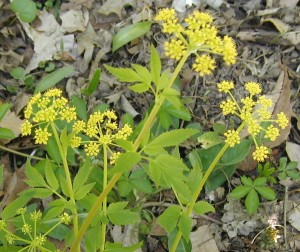
Golden alexanders reaches 1-2 feet tall with its jagged leaves cut into threes – twice. The leaves are doubly compound, where each leaf is divided into three parts and each part is further divided into 3 or more narrow toothed leaflets.
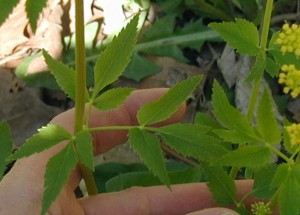
The left flower stalk in the image above illustrates one compound leaf of golden alexanders. Each of three leaflets has three leaflets.
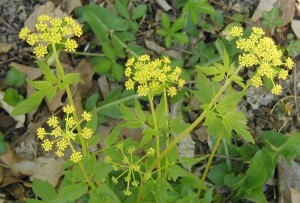
Golden alexanders presented here was found adjacent to a picnic area in the Day Use Area of Little Buffalo State Park in Newport, PA on 30 April 2010. This is the same area where we saw the tremendous display of Spring Ephemeral flowers.
![Reblog this post [with Zemanta]](http://img.zemanta.com/reblog_e.png?x-id=aab388fc-a65b-46a8-9bdd-f2af34f5da3b)
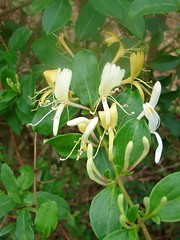
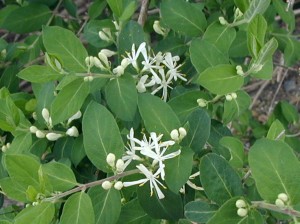
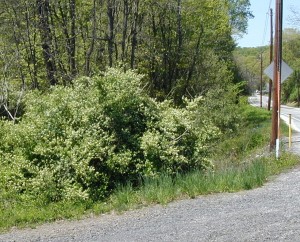
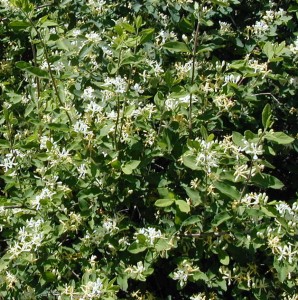
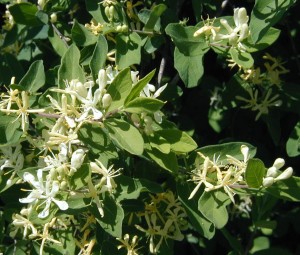
![Reblog this post [with Zemanta]](http://img.zemanta.com/reblog_e.png?x-id=c78e9304-f3cf-4463-bf34-3f546209fa3c)
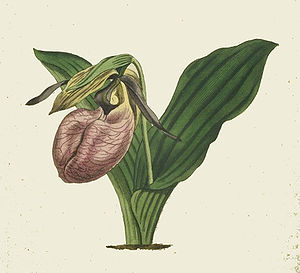

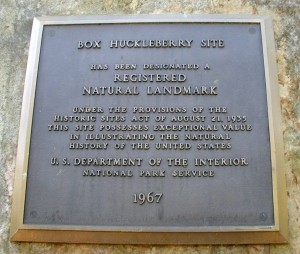
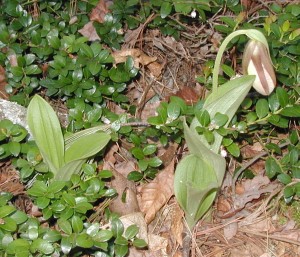
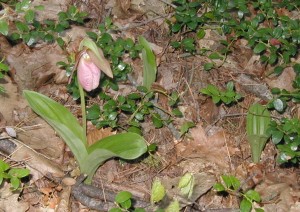
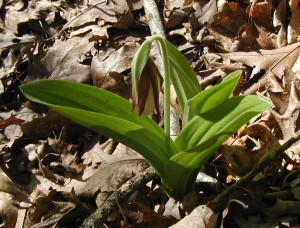
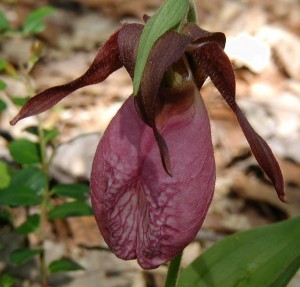
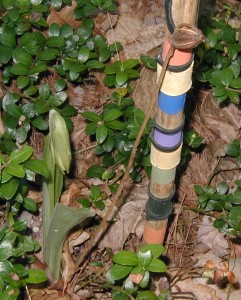
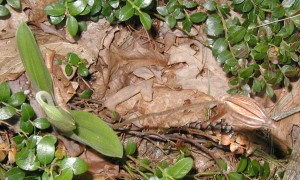
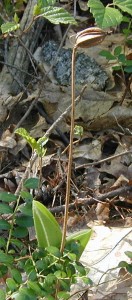
![Reblog this post [with Zemanta]](http://img.zemanta.com/reblog_e.png?x-id=073f006e-fb3a-4f49-906e-66c172d700a1)
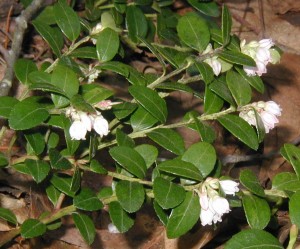

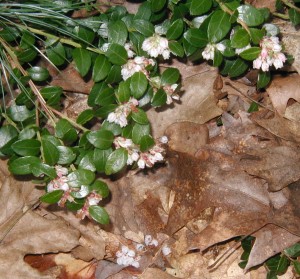

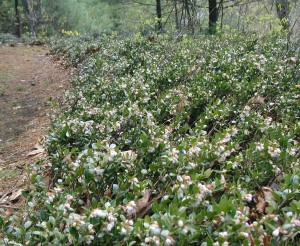
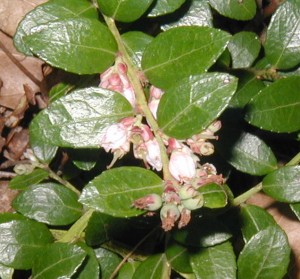
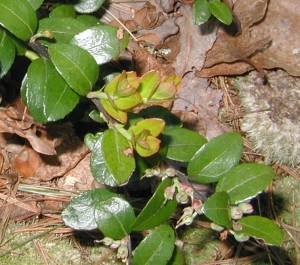
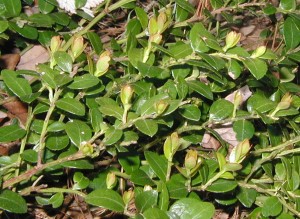
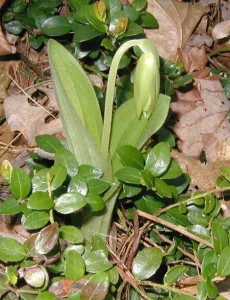
![Reblog this post [with Zemanta]](http://img.zemanta.com/reblog_e.png?x-id=6fdbde6a-c5c6-4869-84d4-574adac7cafd)
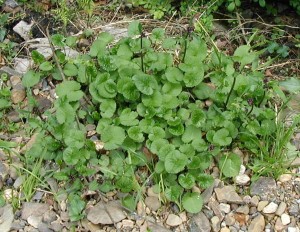
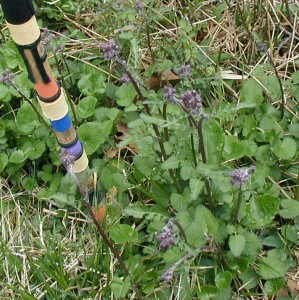

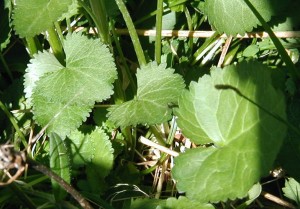
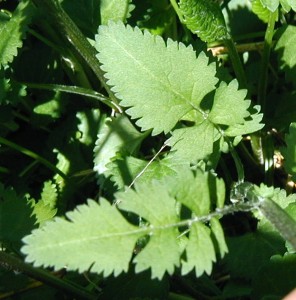
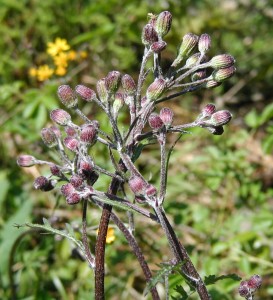
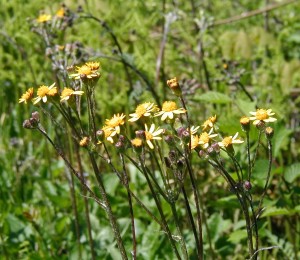
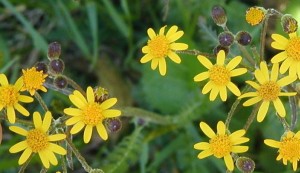

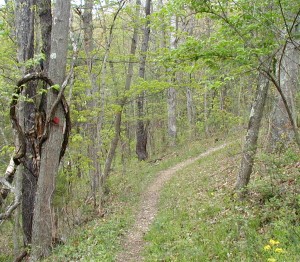
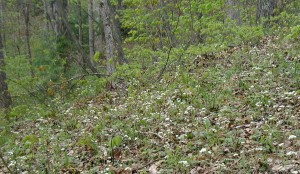
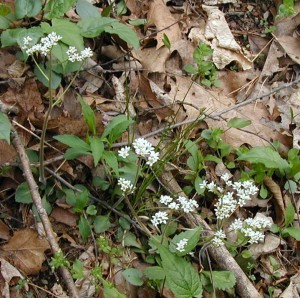
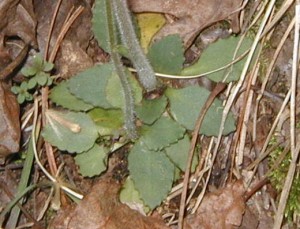
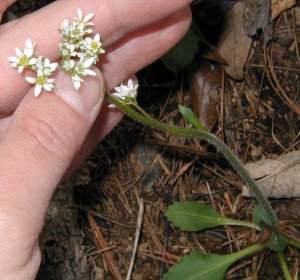
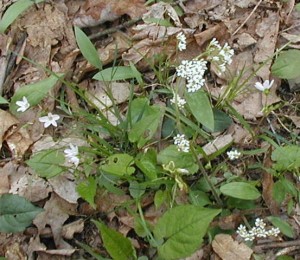

![Reblog this post [with Zemanta]](http://img.zemanta.com/reblog_e.png?x-id=b157ad8c-1c8f-4d60-9130-830f9108ef51)
